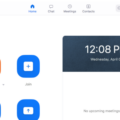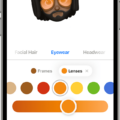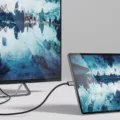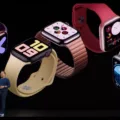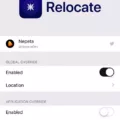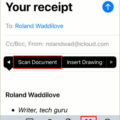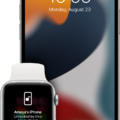HDR photography is a popular way to capture stunning images with an iPhone. For that unfamiliar, HDR stands for High Dynamic Range and it’s a technique that combines multiple exposures of the same scene to capture all the details in both the highlights and shadows.
If you want to get into HDR photography with your iPhone, the first step is to get an app that supports it. The most popular app for this purpose is Pro HDR X, which is available on both iOS and Android devices. Pro HDR X allows you to take three individual exposures of a scene and then combine them into one high-dynamic-range image. This allows you to capture more detail in both the shadows and highlights of your image without needing any additional equipment.
Once you’ve captured your HDR image, you may want to edit it further. Pro HDR X has an editing suite specifically designed for working with HDR photos, allowing you to fine-tune colors and contrast as well as adjust shadows and highlights separately. Additionally, there are a number of other editing apps available on the App Store that can be used to enhance your HDR photos even further.
If you’re looking for even more control over how your HDR photos look, there are also several apps available that allow you to manually adjust each exposure before combining them into a single image. These apps give you total control over how each of the three exposures is adjusted so that you can create exactly the look you want from your photo.
Now that we’ve discussed how to take and edit an HDR photo with your iPhone, let’s talk about how to save it properly so that it looks its best when shared or printed. The key here is making sure that your photo is saved in either JPEG or TIFF format at least 16 bits per channel (this should be available in most editing apps). Additionally, if you plan on printing or displaying your photo on a larger screen, make sure that it’s saved at 300 dpi (dots per inch). This will ensure that your photo looks sharp and clear no matter where it’s displayed.
HDR photography can be used to create stunningly detailed images with just an iPhone camera – all without any additional equipment! With the right app and some practice, creating beautiful images with your iPhone can be easy and fun!
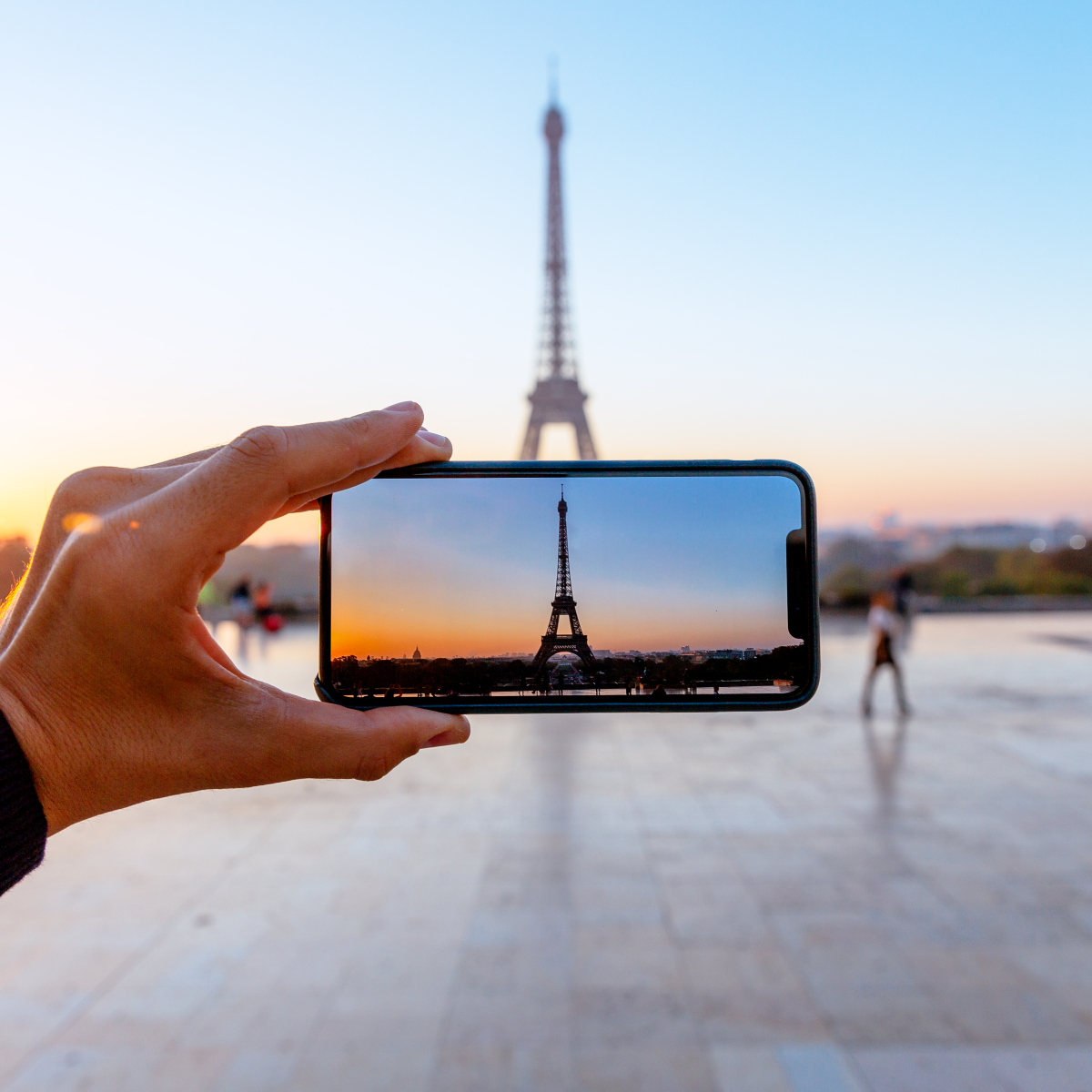
Editing HDR Photos
Yes, you can edit HDR photos with Pro HDR X. After taking a photo, you can open the Menu icon (three horizontal lines) to access the Photo Library and select up to three exposures. You can then adjust the brightness, contrast, saturation, and other settings to create your desired HDR effect.
Reversing the Effects of HDR
To undo HDR, you need to increase the dynamic range of the image. This can be done by darkening the shadows and brightening the highlights. One way to do this quickly is to use the Contrast slider in your image editing software. You may also want to adjust individual color channels, as well as tweak levels and curves. Additionally, you may consider using specialized HDR software to undo any HDR effects that were applied. Keep in mind that increasing dynamic range can be a difficult and time-consuming process, but with patience and practice, you can achieve excellent results.
Making HDR Images Less Dark
To make HDR not dark, you need to adjust the HDR/SDR brightness balance. First, move the Settings window to the HDR display that you’re adjusting. Then, open the Display settings screen and select Windows HD Color settings. Under HDR/SDR brightness balance, drag the slider until you get the right balance for brightness between HDR and SDR content. This will allow you to adjust the brightness of your HDR display without making it too dark or too bright.
Conclusion
In conclusion, HDR photography is a great way to capture stunning pictures with your iPhone. It helps to bring out the details in shadows and highlights, making for a more dynamic range of colors and contrast. When taking HDR photos with an iPhone, it’s important to keep certain things in mind such as lighting conditions, keeping a steady hand while taking the photo, and keeping the normal photo option enabled to save both the HDR and non-HDR versions. Additionally, there are many options available for editing HDR photos after they have been taken including using online converters, free video converters, and paid video converters. With these tips in mind, you can create beautiful HDR photos with your iPhone.

